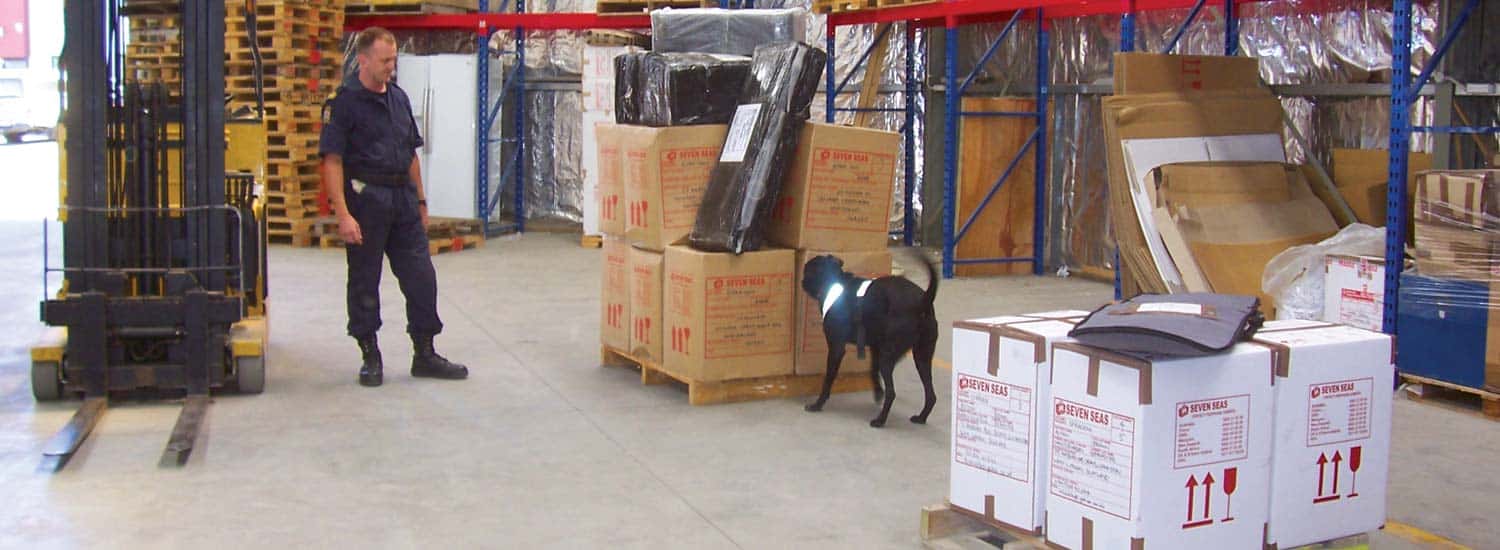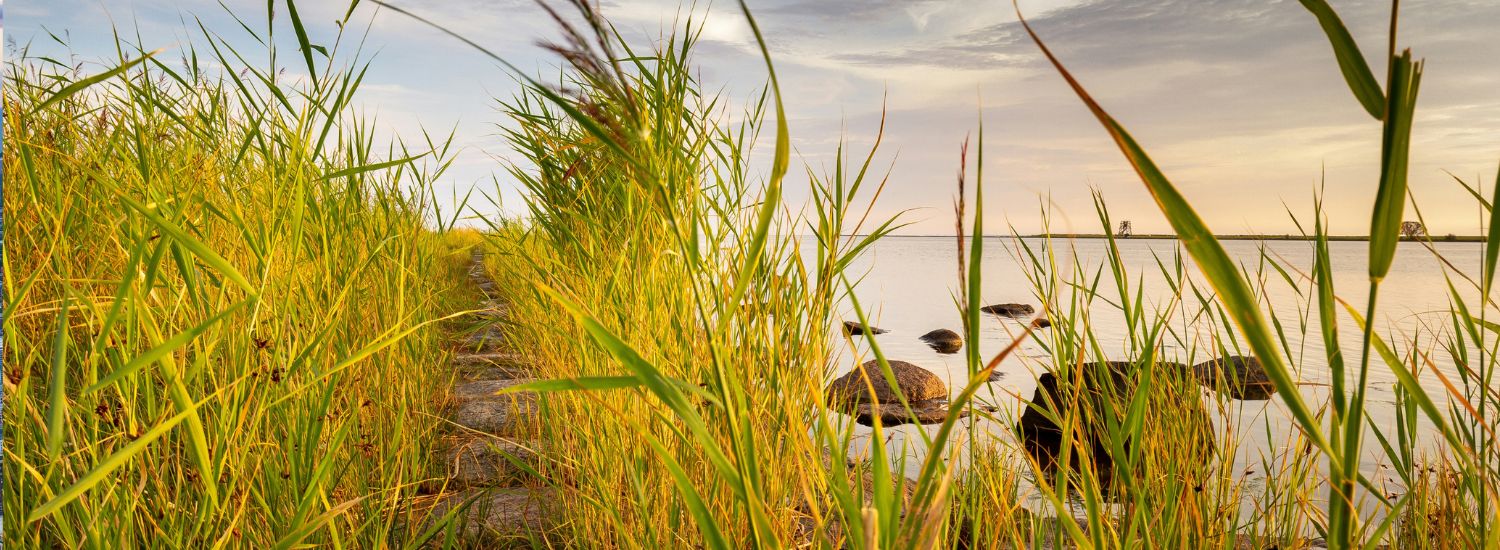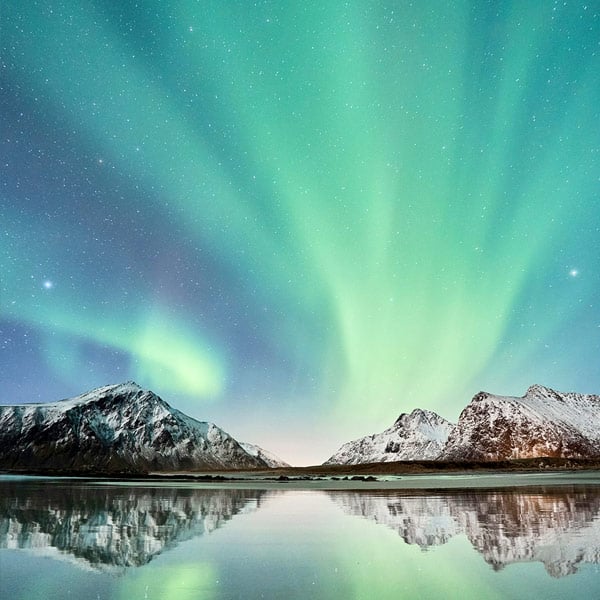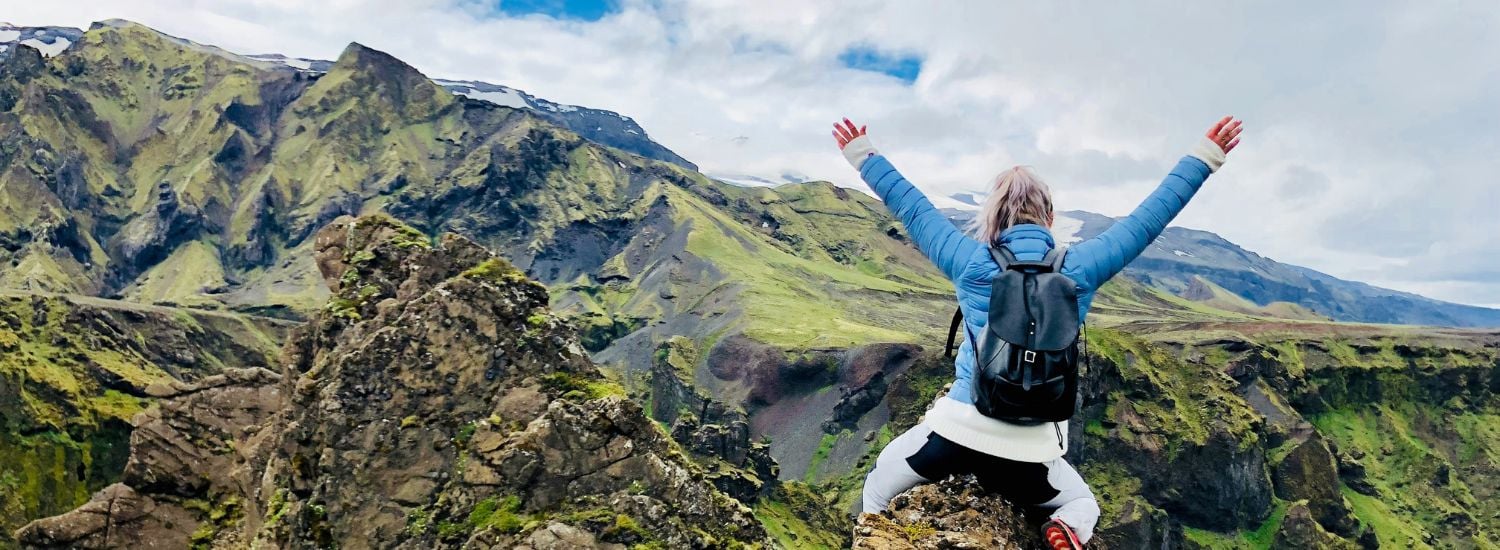Before packing, check this list of items prohibited from entering a particular country or region.
Key takeaways
- The cleanest country in the world is Estonia, according to a 2024 study by the Environmental Performance Index (EPI).
- The most sustainable countries include Honduras, Moldova, Norway, Sweden, New Zealand, and the UK, based on varying environmental, social and economic factors.
- The cleanest city in the world is Vienna, Austria, according to global consulting firm Mercer's Quality of Living City Ranking 2023.
- The country with the cleanest water is Italy, tied with the US, according to the EPI's latest rankings for unsafe drinking water quality.
- The country with the cleanest air is New Zealand, according to a 2024 report by Swiss air quality organisation IQAir.
What is the cleanest country in the world?
The cleanest country in the world is Estonia, according to a 2024 study by the Environmental Performance Index (EPI). The EPI is a collaboration between Yale and Columbia universities and the global think tank, the World Economic Forum (WEF). It ranks one hundred and eighty countries based on fifty-eight indicators, focusing on environmental health, ecosystem vitality and climate change. Indicators include air quality, water sanitation, CO₂ levels and marine habitat protection.
Estonia achieved a score of 75.3 out of 100. Over the last ten years, the Baltic state has consistently ranked in the top thirty, with recent improvements due to advancements in air quality, waste management and the protection of natural habitats.
Other countries in the EPI's 2024 top ten include Luxembourg (75.0), Germany (74.6), Finland (73.7), the United Kingdom (72.7), Sweden (70.5), Norway (70.0), Austria (69.0), Switzerland (68.0), and Denmark (67.9).
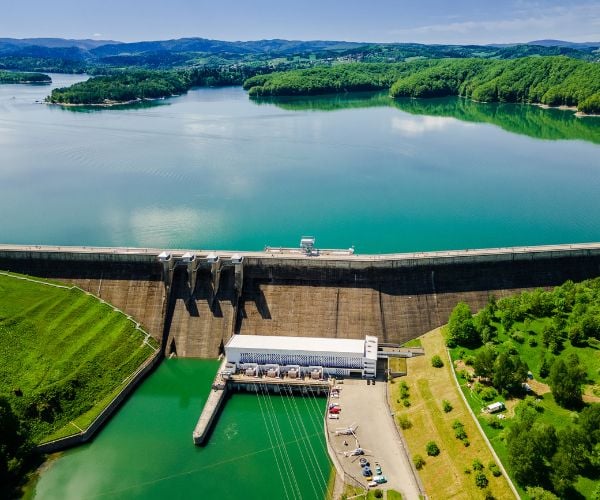
Most sustainable countries
The most sustainable countries are Honduras, Moldova, Norway, Sweden, New Zealand, and the UK, based on varying environmental, social and economic factors.
A 2024 study on worldwide industrial practices by boilercoverUK reports that Honduras has the lowest CO₂ emissions per capita, followed by Guatemala, the Philippines, Moldova and Bolivia. Emissions in Honduras are low due to limited industrial activity, a reliance on renewable energy, such as hydropower, and a less developed transportation infrastructure.
Moldova scored high again, coming in first for the best agricultural practices. The Eastern European nation uses one of the lowest amounts of nitrogen fertiliser, at just 27.56 kg per hectare. Nitrogen fertilisers emit nitrous oxide, which worsens global warming. In contrast, the Netherlands uses a whopping 205.73 Kg per hectare.
Based on the 2023 Hinrich-IMD Sustainable Trade Index (STI), New Zealand and the United Kingdom are the top two most economically sustainable countries. New Zealand leads the rankings thanks to a balanced approach to economic growth, societal well-being and environmental stewardship. The United Kingdom ranks second by demonstrating sustainable trade practices and innovation in green technologies to strengthen its long-term sustainability.
![]()
How to be a sustainable traveller
To be a sustainable traveller, make conscious choices that minimise your environmental impact, such as reducing air travel, opting for zero-carbon transport, staying in eco-friendly accommodation, shopping and eating local, respecting wildlife and switching to reusable bottles, bags and utensils.
By adopting these practices, you can protect the environment while enriching your overseas experience and contributing to the well-being of the communities you visit.
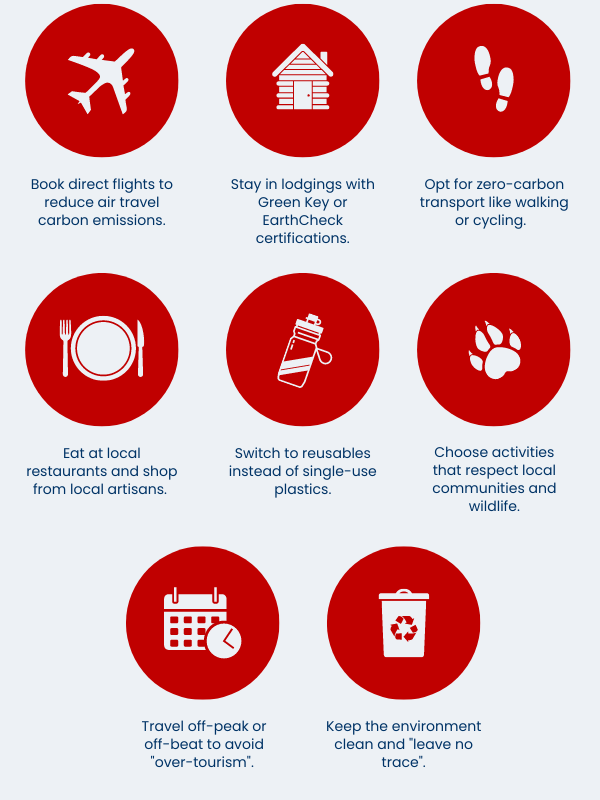
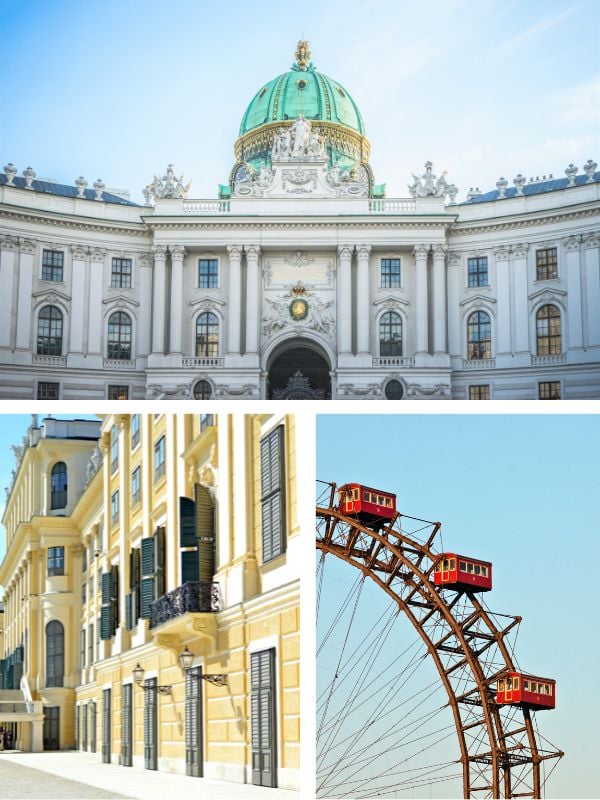
Vienna is known for its abundant parks and nature sites...
Cleanest city in the world
The cleanest city in the world is Vienna, Austria, according to global consulting firm Mercer's Quality of Living City Ranking 2023. The Eco-City Ranking evaluates cities worldwide based on sustainability, focusing on air quality, waste management, water availability, and parks.
The Austrian capital has consistently ranked high for eleven years due to its outstanding environmental sustainability and urban planning. The city's high ranking reflects its holistic approach to urban sustainability, establishing a benchmark for cities globally. Vienna excels in the following key areas:
Air quality: the city boasts some of the cleanest air among major industrialised cities, thanks to strict emissions regulations and a focus on reducing vehicle pollution. The local government also promotes public transport, cycling and walking.
Waste management: Vienna's highly efficient waste management system includes recycling and initiatives designed to reduce landfill use and convert waste into energy.
Water management: high-quality drinking water is sourced from the Alpine region, renowned for its purity. Plus, a modern, well-maintained infrastructure ensures reliable access to clean water.
Green spaces: Vienna is known for its abundant parks and nature sites and its commitment to preservation and expansion, promoting biodiversity and the well-being of residents.
What country has the cleanest water?
The country that has the cleanest water is Italy and also the USA, according to the EPI's latest rankings for unsafe drinking water quality. The EPI measures hazardous drinking water by looking at how many years of healthy life are lost, on average, per 100,000 people due to unsafe water. A score of 100 means the country has one of the lowest rates of health problems caused by unsafe water, while a score of 0 means it has one of the highest. Both Italy and the USA scored 100. Close runner-ups were Singapore (99.8), Canada (99.1), Germany (98.1), Switzerland (97.9) and Norway (97.8).
Based on overall sustainable water resources, Luxembourg and Singapore top the list with a score of 92.4. The indicators used were wastewater generated, collected, treated and reused. Luxembourg's success stems from its strict water pollution regulations and advanced wastewater treatment infrastructure. Despite limited natural resources, Singapore has developed a highly efficient water management system, including its innovative NEWater program, which recycles wastewater.
What country has the cleanest air?
The country that has the cleanest air is New Zealand, according to a 2024 report by Swiss air quality organisation IQAir. The country's excellent atmospheric purity is partly due to its low population density, island status, and significant use of renewable energy. New Zealand's abundant forests absorb pollutants, while strict environmental regulations help maintain clean air.
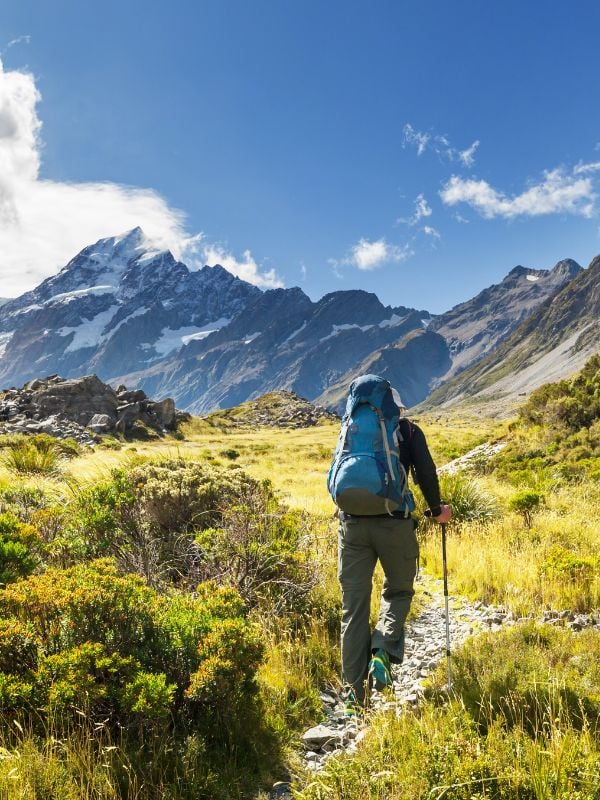
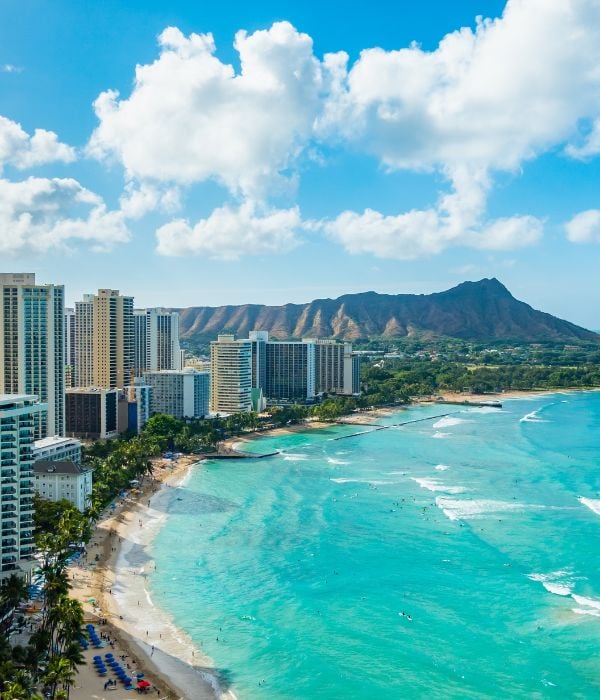
Interestingly, only seven countries worldwide, the rest being Australia, Estonia, Finland, Grenada, Iceland and Mauritius, meet the World Health Organization's (WHO) air quality standards for PM2.5 (particle matter 2.5 micrometres or smaller) released from vehicles and industry that can cause severe health issues. Despite global improvements in air quality in recent decades, dangerous pollution levels persist, with Pakistan, India and Tajikistan among the most contaminated.
Best air quality in the US
Honolulu, Hawaii, has the best air quality in the US, according to a State of the Air 2024 report by the American Lung Association (ALA). The report's findings are based on the cleanest US cities by year-round particle pollution, using the new, more protective Environmental Protection Agency (EPA) air quality standards for fine particulate matter. Honolulu benefits from its remote location, with trade winds helping to disperse pollutants. The island city's low industrial activity and strict environmental regulations also contribute to its clean air, ensuring that residents enjoy lower rates of respiratory and cardiovascular diseases compared to more polluted regions.
The city's proactive measures to limit vehicle emissions and promote public transportation further enhance its air quality. Preserving green spaces and reducing urban sprawl (uncontrolled expansion into rural areas) help maintain Honolulu's atmospheric purity. In comparison, cities with higher industrial output and denser populations struggle to achieve similar air quality.
